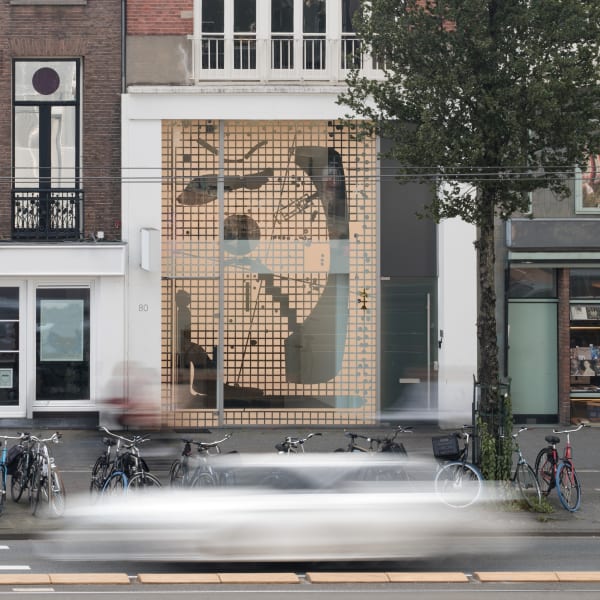Saskia Noor van Imhoff: Four floating patches, secondary shoots
GRIMM is pleased to present Four floating patches, secondary shoots, a solo exhibition with new works by Saskia Noor van Imhoff. This will be the artist’s first solo exhibition in the gallery’s Van Baerlestraat location.
Saskia Noor van Imhoff’s installations are driven by the conceptual and historical significance of objects and places, and reveal the interconnections that contribute to our understanding of them. In this presentation, van Imhoff continues to work with ideas of material and time, however the artist makes a significant departure from her previous methodology, centering a plot of land as the focus of this body of work. The new conceptual arena explored in this exhibition follows the process of restoring and reshaping this tract, which had remained long-neglected prior to being purchased by Van Imhoff.
Examining the growth of plant life and the evidence of past activity embedded in the soil, the earth tells a story of human and nonhuman interactions. Van Imhoff interprets and compliments this story with archival materials such as maps and historical documents which she has used to inform her understanding of the terrain and contribute to a layered, visual conception of the property. The way in which Van Imhoff advances alternate systems of referencing the bounded area that belongs to her, brings into question how property and ownership is signified. Does the division of land by lines, or borders, produce a sense of ownership? Or, in the case of neglected or undeveloped land, why is it attributed with a sense of emptiness, subject to a different set of values from that which is “owned”?
Grafting, the act of transplanting one part of a plant or tree onto another holds deep interest for Van Imhoff as a metaphor for the progress of culture. She sees the manipulation of the landscape as a kind of grafting, deepening the relationship between people and place, a relationship through which the concept of nature is borne.
As one moves through the gallery space, each artwork creates a new focal point to include representations of the land and its flora, found objects extracted from the environment, and replicas of organic material. These discrete concentrations of information take on an incredible character as hybrid forms.







